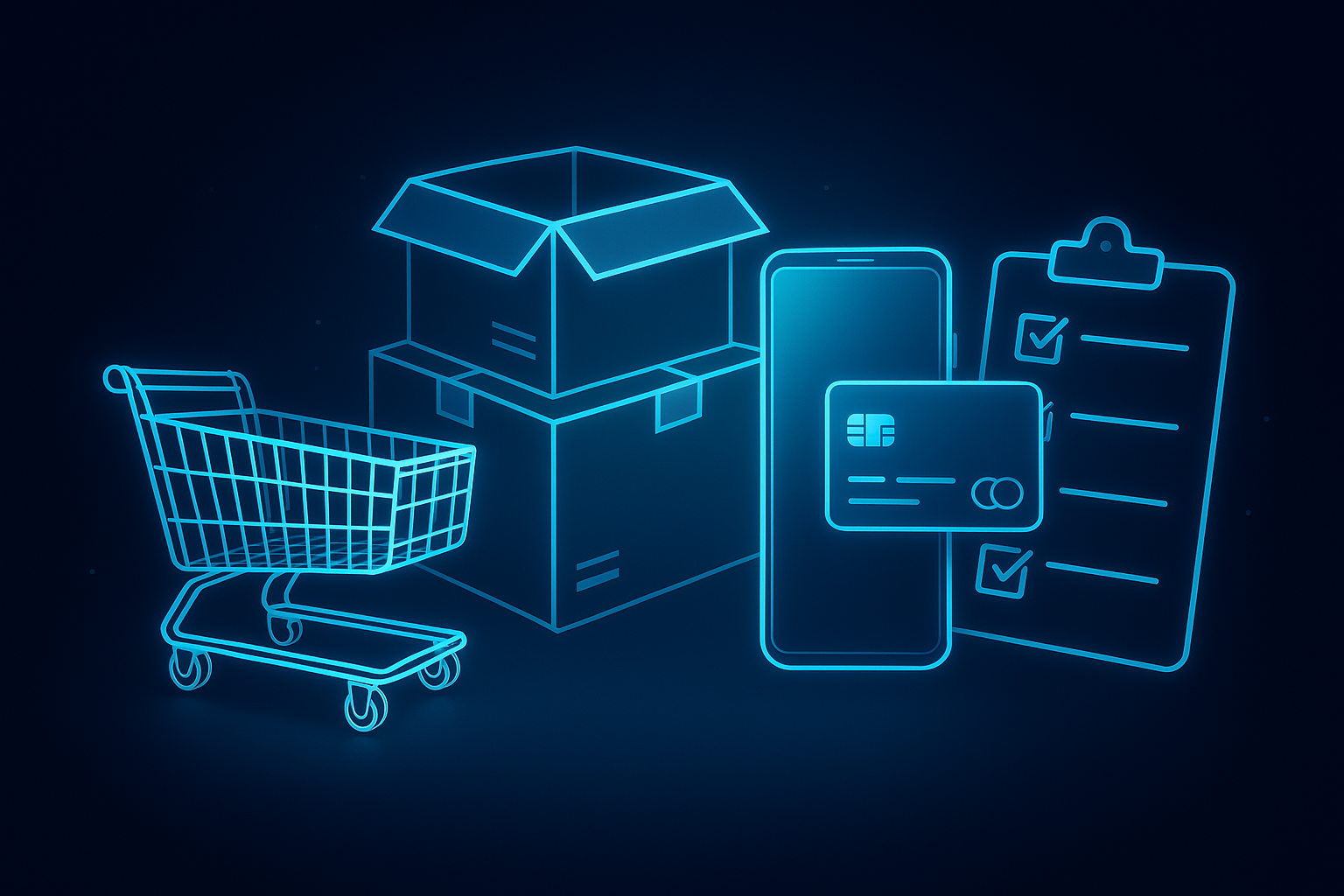

You’ve conquered your domestic market - and now you’re keen to take the next step with your B2B business. Sure, going global is ambitious, but with the right tools, considerations and attitude - you can maximize the chance of success.
When you think of the most influential international brands, the first that spring to mind are often household FMCG names. But, according to Statista, the global B2B eCommerce market is actually worth over five times that of its B2C equivalent.
So if you’re thinking about joining this B2B revolution, and expanding internationally to reach new markets, there’s a plethora of different factors to consider. From issues with currency and tax to advertising in another language, the obstacles are many and diverse, but they’re nothing a savvy business like yours can’t handle. Here's 5 tips to get you started.
1. Research the international market
You wouldn’t sell ice to an eskimo. The countries with the greatest market potential will undoubtedly vary in line with the products and services you provide, so make sure you’re targeting the ones which offer the most value. Thorough market research is a good place to start - you can establish what the environment will be like for your B2B business, and suss out how to start building brand awareness. Why not write a checklist to get your market research started?
- Key population characteristics (age, social class, religion, education, income)
- Geopolitical factors, e.g. the government censorship of key channels like Google and social media platforms
- Potential B2B customer base. Recent research suggests that millennials account for 59% of global B2B tech buyers, so it may be worth tailoring certain aspects of your business to this age group.
- Could the culture in this country impact your sales?
- How developed is the technology there?
- How stable / profitable are the key industries you serve in said country?
- Are there different quality control measures or regulatory bodies to comply with?
2. Make website adjustments
Regardless of whether you’re launching a physical store or office in a new country, your website will be a key player in the performance of your B2B business overseas. It’ll need the functionality to accept country-specific payment methods and zip codes or address formats. But as for how the website itself will function internationally, you have two options:
- Launch a country-specific domain for each nation you have a presence in. That means each country has its own unique URL, which is effectively a separate website. It’s a costly choice and it can be pretty complex, but this approach tends to do better from an SEO perspective.
- Choose subdirectories for your country-specific sites. With this option, your B2B customers will choose their language or country when they land on your site, and be redirected to the relevant page. This is cheaper, but doesn’t always perform as well for lesser-known brands that can’t rely on branded traffic.
3. Sell global, connect local
When you’re selling all over the world, it’s important to think small as well as big. Your B2B business should aim to form connections with the local communities where you’d like to build a customer base. That means paying attention to how they do things in the country in question - whether that be using regional terminology in your product descriptions, or observing specific national holidays.
But perhaps the most important localization factor to consider is currency - after all, money makes the world go round. Before your products are available to purchase in other countries, your storefront will need the capability to accurately convert prices and shipping costs into a wide range of currencies. For example, you could integrate your B2B eCommerce platform with a currency data API, which can automatically distinguish the native currency for each customer based on their IP address. A quality currency data API will also update exchange rates on a daily basis, and provide the functionality for B2B customers to choose a currency which isn’t their own, if that’s more convenient.
4. Consider new hires
You can do all the research in the world, but ultimately no one is better placed to tap into the market of a foreign country than a native. That doesn’t mean you need to hire a whole new team on the ground, but it could be worth teaming up with freelancers based nearby. This is a flexible, affordable option that could grant you valuable insight into the local industry, and flag any important cultural differences. Not to mention, you’ll have a knowledgeable hand to guide you if your strategy starts to veer away from the target market.
5. Suss out your payment methods
Navigating payment methods is one of the most complicated processes to tackle when you’re operating in a new country. Legislation is different everywhere, and human preferences might play into your decision too - for example, some nations still operate predominantly on paper money, while others are almost entirely cashless.
The key things to keep in mind are data security, accessibility and compliance with local regulations. Why not identify the most popular payment methods for other B2B eCommerce platforms that serve your target market, and find an affordable way to utilize these on your site?
Most importantly, stay on top of the market in the countries you’d like to expand into. Track trends, keep abreast of any impactful changes in law, and get to know your B2B customer base. You’ll be international in no time.





.jpg)